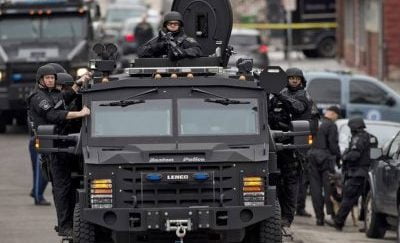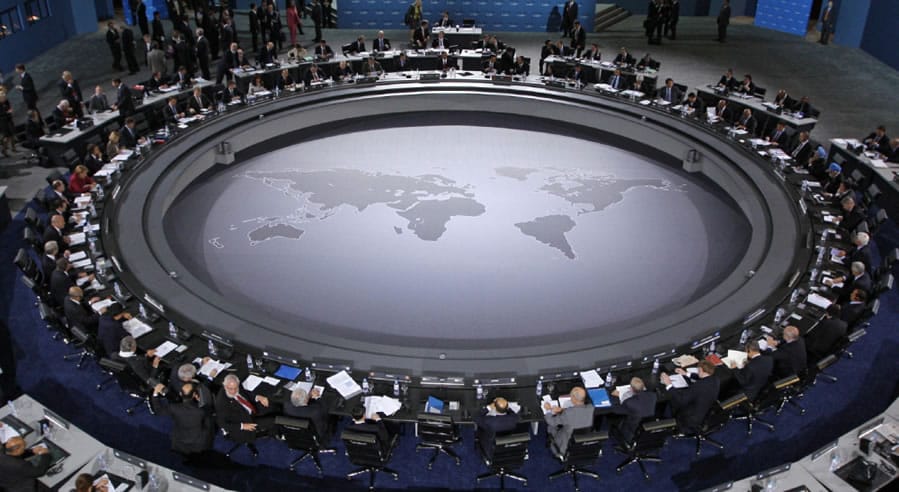The exercise of government and control by military authorities over the civilian population of a designated territory. Martial law is an extreme and rare measure used to control society during war or periods of civil unrest or chaos. According to the Supreme Court, the term martial law carries no precise meaning (Duncan v. Kahanamoku, 327 U.S. 304, 66 S. Ct. 606, 90 L. Ed. 688 [1946]). However, most declarations of martial law have some common features. Generally, the institution of martial law contemplates some use of military force. To a varying extent, depending on the martial law order, government military personnel have the authority to make and enforce civil and criminal laws. Certain civil liberties may be suspended, such as the right to be free from unreasonable searches and seizures, freedom of association, and freedom of movement. And the writ of habeas corpus may be suspended (this writ allows persons who are unlawfully imprisoned to gain freedom through a court proceeding).
 In the United States, martial law has been instituted on the national level only once, during the Civil War, and on a regional level only once, during world war ii. Otherwise, it has been limited to the states. Uprisings, political protests, labor strikes, and riots have, at various times, caused several state governors to declare some measure of martial law.
In the United States, martial law has been instituted on the national level only once, during the Civil War, and on a regional level only once, during world war ii. Otherwise, it has been limited to the states. Uprisings, political protests, labor strikes, and riots have, at various times, caused several state governors to declare some measure of martial law.
Martial law on the national level may be declared by Congress or the president. Under Article I, Section 8, Clause 15, of the Constitution, Congress has the power “[t]o provide for calling forth the Militia to execute the Laws of the Union, suppress insurrections and repel Invasions.” Article II, Section 2, Clause 1, of the Constitution declares that “[t]he President shall be Commander in Chief of the Army and Navy of the United States, and of the Militia of the several States, when called into the actual Service of the United States.” Neither constitutional provision includes a direct reference to martial law. However, the Supreme Court has interpreted both to allow the declaration of martial law by the president or Congress. On the state level, a governor may declare martial law within her or his own state. The power to do so usually is granted in the state constitution.
Congress has never declared martial law. However, at the outset of the Civil War, in July 1861, Congress ratified most of the martial law measures declared by President Abraham Lincoln. Its martial law declaration gave the Union military forces the authority to arrest persons and conduct trials. However, Congress initially refused to ratify Lincoln’s suspension of the writ of habeas corpus. This refusal created friction between Congress and the president and raised the question of whether unilateral suspension of the writ under martial law was within the president’s power. The Supreme Court reviewed the issue and ruled in Ex parte Merryman, 17 F. Cas. 144 (1861) (No. 487), that only Congress had the power to suspend the writ of habeas corpus. After Congress approved Lincoln’s suspension of the writ in 1863, Union forces were authorized to arrest and detain Confederate soldiers and sympathizers, but only until they could be tried by a court of law.
The martial law declared by Lincoln during the Civil War spawned another legal challenge, this one to the military courts: ex parte milligan, 71 U.S. (4 Wall.) 2, 18 L. Ed. 281 (1866). Lamdin Milligan, a civilian resident of Indiana, was arrested on October 5, 1864, by the Union military forces. Milligan was charged with five offenses: conspiring against the United States, affording aid and comfort to rebels, inciting insurrection, engaging in disloyal practices, and violating the laws of war. Milligan was tried, found guilty, and sentenced to prison by a military court.
Although the habeas corpus petition had been suspended, the Supreme Court accepted Milligan’s petition for a writ of habeas corpus. The Supreme Court held that neither the president nor Congress could give federal military forces the power to try a civilian who lived in a state that had federal courts. Milligan firmly established the right of the U.S. Supreme Court to review the propriety of martial law declarations.
The next large-scale martial law declaration took place 80 years later. On December 7, 1941, the day that Japanese warplanes bombed Pearl Harbor in what was then the territory of Hawaii, Governor Joseph B. Poindexter, of Hawaii, declared martial law on the Hawaiian Islands. The governor also suspended the writ of habeas corpus. The commanding general of the Hawaiian military assumed the position of military governor. All courts were closed by order of the military governor, and the military was authorized to arrest, try, and convict persons. Under Poindexter’s martial law order, approved by the president, the military courts were given the power to decide cases without following the rules of evidence of the courts of law, and were not limited by sentencing laws in determining penalties.
In February 1942 the Department of War appointed General John L. DeWitt to carry out martial law in California, Oregon, Washington, and the southern part of Arizona. In March 1942 DeWitt announced that the entire Pacific Coast of the United States would be subject to additional martial law measures. Later that month he declared that all alien Japanese, Germans, and Italians, and all persons of Japanese descent, on the Pacific Coast were to remain inside their home between 8:00 p.m. and 6:00 a.m..
These martial law measures were challenged by criminal defendants shortly after they were put in force. In Duncan v. Kahanamoku, 327 U.S. 304, 66 S. Ct. 606, 90 L. Ed. 688 (1946), the Supreme Court held that the military tribunals established under martial law in Hawaii did not have jurisdiction over common criminal cases because the Hawaiian Organic Act (31 Stat. 141 [48 U.S.C.A. § 532]) did not authorize the governor to close the courts of law when they were capable of functioning. In Duncan the Court ordered the release of two prisoners who had been tried and convicted of embezzlement and assault by military courts.
In other cases the High Court was more tolerant of civil rights deprivations under martial law. In Hirabayashi v. United States, 320 U.S. 81, 63 S. Ct. 1375, 87 L. Ed. 1774 (1943), the Court upheld a curfew placed on Japanese Americans during the war, on the ground of military necessity, and in korematsu v. united states, 323 U.S. 214, 65 S. Ct. 193, 89 L. Ed. 194 (1944), the Court justified the random internment (imprisonment) of more than 110,000 Japanese Americans during the war.
At least one governor has used martial law to enforce state agency regulations. In 1931 Governor Ross S. Sterling, of Texas, sent Texas national guard troops into east Texas oil fields to force compliance with limits on the production of oil and an increase in the minimum number of acres required between oil wells. The regulations had been drawn up by the Texas Railroad Commission with the approval of the Texas Legislature, but similar regulations had been enjoined (stopped) by a federal court just four months earlier. In 1932 the Supreme Court invalidated Sterling’s use of martial law, holding that it violated the constitutional due process rights of the property owners (Sterling v. Constantin, 287 U.S. 378, 53 S. Ct. 190, 77 L. Ed. 375 [1932]).
Another governor declared martial law in response to an assassination and rumors of political corruption. In June 1954 Albert Patterson, a nominee for state attorney general in Alabama, was shot to death on a street in Phoenix City. Alabama governor Gordon Persons declared martial law in Phenix City and dispatched General Walter J. (“Crack”) Hanna and the Alabama National Guard to take over the city. Hanna appointed a military mayor, and the troops took control of the county courthouse and city hall. The troops physically removed certain officials from the courthouse and city hall, seized gambling equipment, and revoked liquor licenses.
Martial law usually is used to try to restore and maintain peace during civil unrest. It does not always yield the desired results. In May 1970, for example, Ohio governor James Rhodes declared limited martial law by sending in National Guard troops to contain a Kent State University protest against the Vietnam war. Four protesters were shot and killed by the troops. In a case brought by their survivors, the Supreme Court held that the governor and other state officials could be sued if they acted beyond the scope of state laws and the federal Constitution (Scheuer v. Rhodes, 416 U.S. 232, 94 S. Ct. 1683, 40 L. Ed. 2d 90 [1974]).
Martial law is generally an act of last resort. Courts will uphold a decision to use troops only if it is necessary and proper.
Chronological History of Martial Law

Operation Maple Resolve (Canada) / 133 Target Stores Close Abruptly

Documents Detail Plan for Civil Unrest and Martial Law in Baltimore
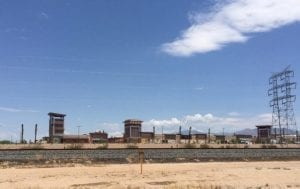
Abrupt & Mysterious Closing of Several Walmart Stores
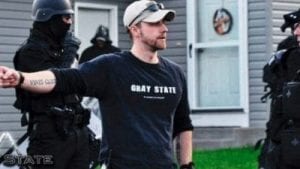
The Director of an Anti-NWO Movie Was Found Dead along with his Family in their Home in Suspicious Circumstances
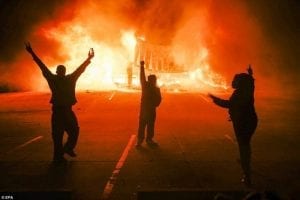
Cop shoots African-American Michael Brown: Ferguson Riots Provoked
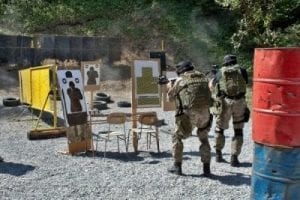
The USDA’s Office of Inspector General filed a request for Submachine Guns

Navy SEAL Vet: Obama Asking If Military will Fire Upon U.S. Citizens
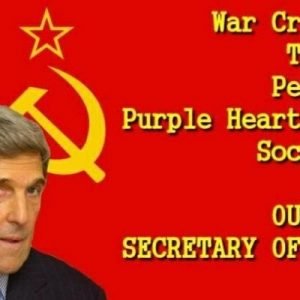
John Kerry Signs Traitorous UN Anti-Gun Treaty Against Senate Wishes
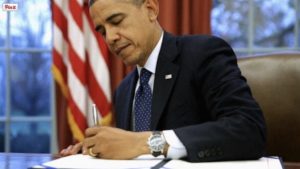
Obama Signs Executive Order 13603 for Martial Law During any ‘National Emergency’


